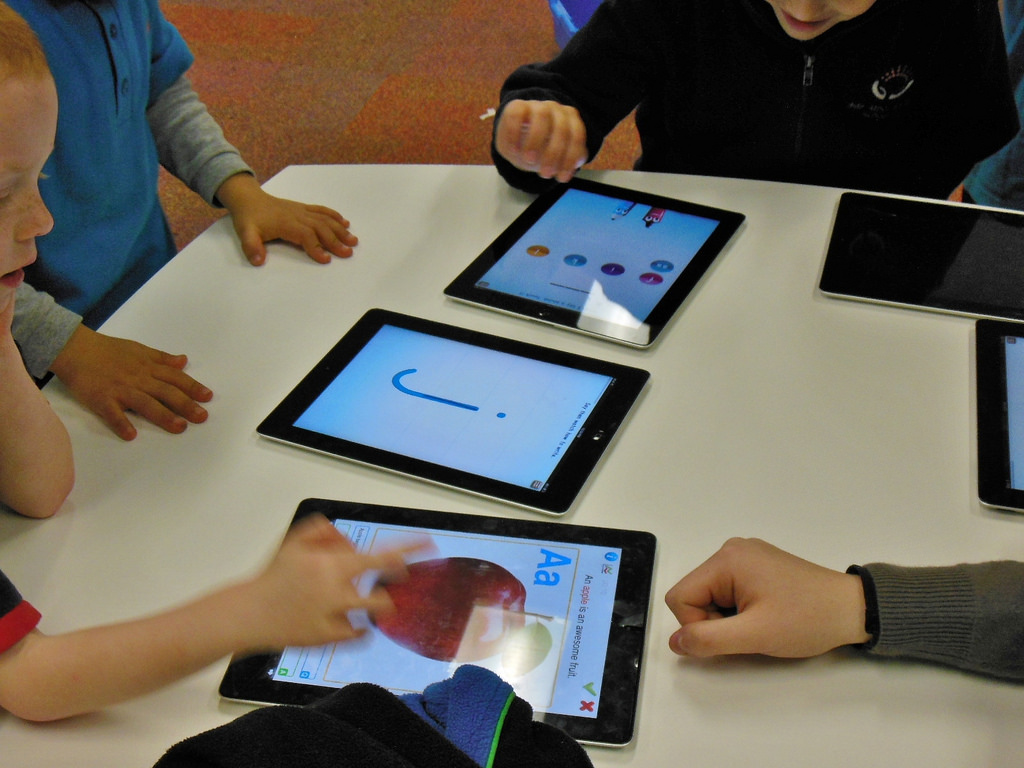Integrating technology into education is a subtle process. It may seem like a big deal at first, especially when that interactive whiteboard goes up on the wall, or every student now has a Chromebook at their desks. But the process of technology becoming a part of a teacher’s practice is slow and indistinct.
It often appears at our doorstep for free. Either the operating system, such as Google Chrome, or the tools themselves, paid for by some district department, is made available. We think, “Okay, how can I use this technology in school?” So we look to our current practices and assess how they might fit into this new paradigm.
If our current practices do not fit, a couple things might happen.
- We ignore the technology for some aspects of our instruction and continue as normal. This can be a good or not-so-good thing, depending on how effective our instruction was in the first place.
- The technology and our practice make a nice pair, and we start using them in concert. Again, can be good or bad. Studies have found that this situation is what happens most often. The technology accentuates the practice for better or worse.
- Teachers bend their practice so it can fit within the confines of the technology’s ecosystem. Accelerated Reader is a prime example. We stop conferring with kids because we start to depend on low-level quizzes to tease out understanding.
Technology companies know this. They realize that they won’t get every teacher to become a convert to their platform (see the first example). They also realize that the majority of educators, when presented with technology that is easy to implement, will adopt it. Easy to implement…this is a strong indicator that the technology is a) not improving practice, and b) is likely driving instruction. Nevermind that professional educators may have had zero input into the production of these digital tools. Technology becomes a solution to a problem we did not know existed until now.
So what are the problems? Likely, they were invented by the companies themselves. “Bogged down by grades? Try our platform to save you time and give your students better feedback!” Maybe this is a problem. Yet we can get rid of grades and provide more qualitative feedback on student work without a significant integration of technology. This work starts by examining our beliefs about teaching and learning, for today and for tomorrow. Our collective thinking then leads us to reassess our current practices, which finally leads to searching for tools that help us in our mission.
Through this process, will we arrive at the very technologies that were initially introduced to us? Maybe. Maybe not. It’s hard to say unless we have examined our beliefs about what good teaching and learning should be in practice to guide our way.


